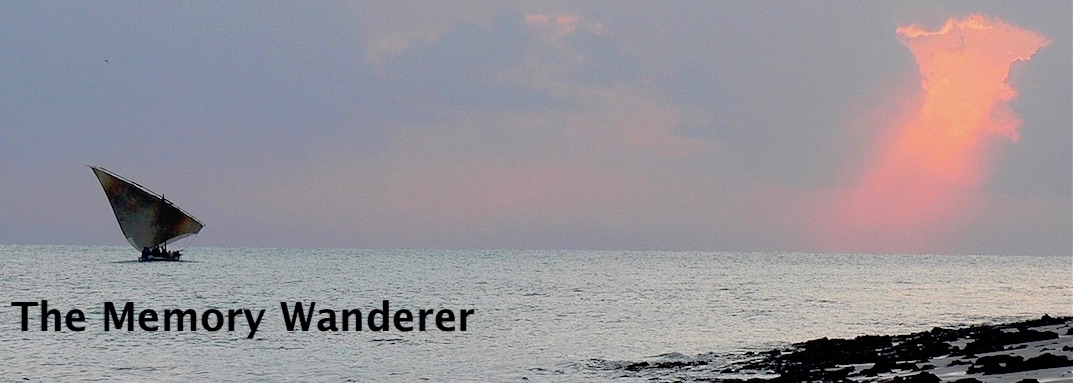
There are some pictures which I wish I had taken, and this is one. Euan Miles took it from the hills of northern Mull, looking across the Sound of Mull to the south coast of Ardnamurchan. Above, a magnificent aurora is shooting beams of light across the Plough.
We slept peacefully through this firework display as it was in the days before I discovered a website which gave fairly accurate aurora predictions. However, we did see some very impressive displays during our time in Kilchoan in one of which we seemed to standing in a great teepee of moving curtains of light.
I could never tire of watching auroras so continue to watch websites like Aurorawatch (above) in the hope of another aurora experience but the chances of a major one happening are low - though there's been a minor event going on this morning. Auroras are caused by highly charged particles from the sun's sunspots colliding with the Earth's magnetosphere but the sun has an 11-year sunspot cycle which is, at the moment, at its minimum so, very sadly, the chances of a good sighting are relatively low.

















































